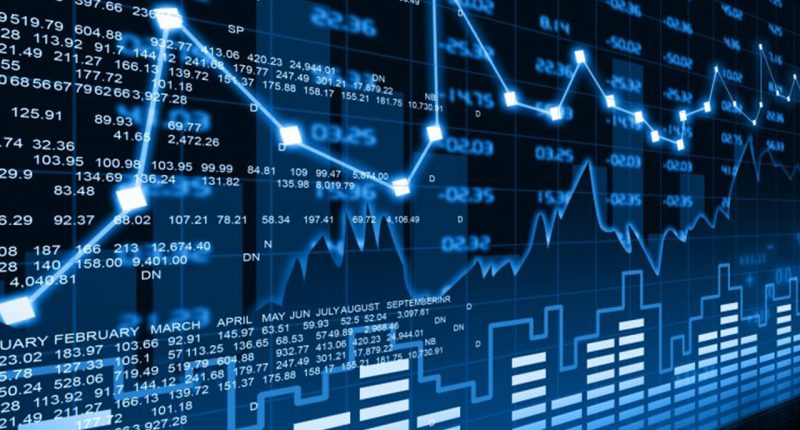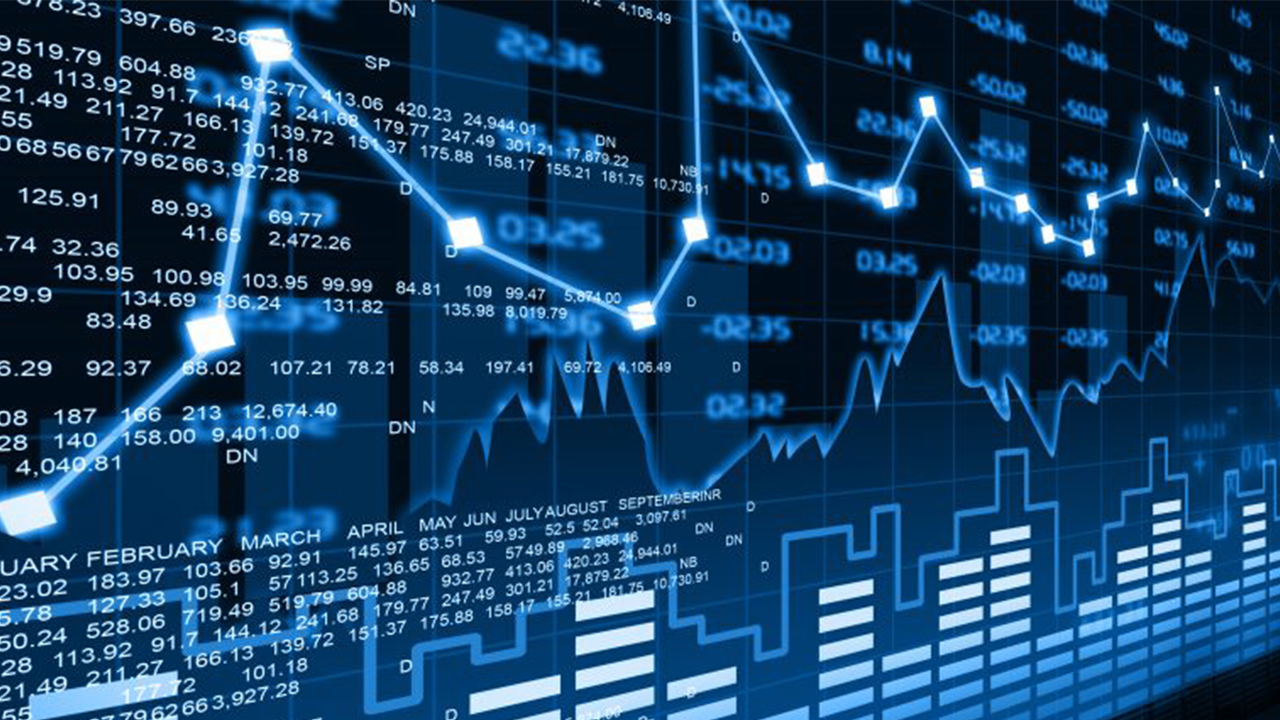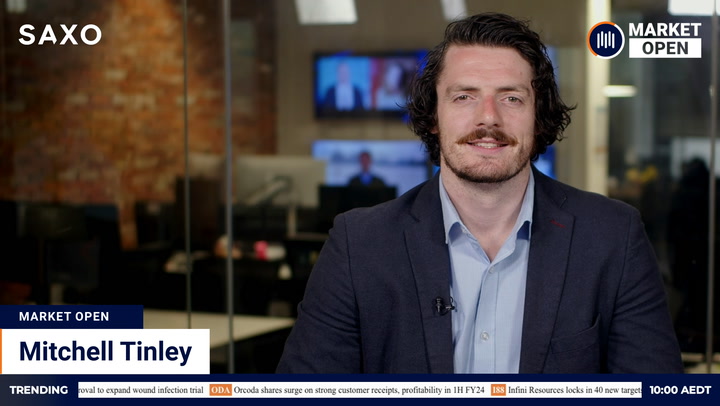Futures trading points to further down-pressure on the ASX after the S&P 500 fell for a fifth night, the dollar hit a fresh three-year high and commodity prices strengthened.
ASX futures faded 13 points or almost 0.2 per cent as the major US equity benchmarks closed mixed.
The dollar cracked 79 cents for the first time since March 2018. Iron ore, copper, gold and oil advanced.
Wall Street
An on-going rotation from high-flying growth stocks back to value stocks underpinned a night of sharp divergences in the major benchmarks. The Dow Jones Industrial Average edged up 29 points or 0.09 per cent as traders positioned for recoveries in the likes of Caterpillar, Dow and Chevron.
The growth stock-heavy Nasdaq Composite skidded 341 points or 2.46 per cent as a new 12-month high in bond yields heightened concerns about the rising cost of borrowing. The broadest of the three measures, the S&P 500, fell 30 points or 0.77 per cent. The S&P 500’s five-session losing run was its longest in a year.
The US ten-year yield hit 1.389 per cent overnight. Rising bond yields have a dampening effect on stocks because they raise the cost of borrowing while increasing the appeal of bonds relative to stocks .
“Yields feel like they’re going vertical at the moment,” ThinkMarkets analyst Carl Capolingua said. “I can’t say where they’re going to peak in the short term, but with US 10-year bond yields at around 1.4%, and our 10-year bonds closer to 1.6%, the stock market has to sit up and listen. We can’t ignore this move any more.
“The market has increased interest rates by close to 75 basis points in just over a month. Imagine if the RBA announced that sort of a hike? Of course, it’s the market at work in this instance, but in terms of the rates businesses and ultimately consumers can borrow at, that’s pretty much what has happened. One could say that all things considered, the stock market has held its nerve pretty well.”
The high-growth tech sector bore the brunt of last night’s selling. Apple lost 3 per cent, Microsoft 2.7 per cent and Amazon 2.1 per cent. Tesla tumbled 8.6 per cent. Utilities – a popular alternative investment to bonds when yields are low – sank almost 2 per cent.
The Dow resisted the broad market downtrend as declines in Intel, Apple and Microsoft were outweighed by gains in industrial giants with plenty of upside as the economy recovers. Caterpillar gained 3.9 per cent, Dow 3.5 per cent and Chevron 2.7 per cent. Walt Disney led with a rise of 4.4 per cent.
Australian outlook
No change overnight to the themes that have weighed on the ASX over the last week: rising yields and a rampant dollar. The Aussie hit 79.3 US cents overnight and wast last up 0.56 per cent at 79.15 US cents.
The S&P/ASX 200 faded 13 points or 0.2 per cent yesterday. The index has given up almost 160 points since last Wednesday’s 50-week high.
“That pop last week from around 77 cents US to over 79 cents this morning did hurt us,” Capolingua said. “It undermines our overseas earners. Most of our biggest stocks have global businesses now. If the currency moves up 2-3% that can mean almost as much off their bottom lines.
“Bigger picture, the improving global growth story should more than compensate for that in the longer term, but short term, there has to be an adjustment process. I think if we can see some stabilisation around 80 cents US, it will give our market some breathing room.”
Energy stocks surged 3.5 per cent in the US. The financial sector, which benefits from margin opportunities at higher rates, put on 1 per cent. Materials gained 0.4 per cent.
Another big day of earning updates ahead here includes Seek, G8 Education, Oil Search, Adbri, Spark Infrastructure, Vocus, Alumina, Monadelphous, Worley, Estia Health, Perseus and Sydney Airport (sources: CommSec, TradingView).
Commodities
Oil soared to its strongest close in more than a year as traders assessed the impact of winter storms that halted as much as 40 per cent of US production last week. Brent crude settled $2.33 or 3.7 per cent ahead at US$65.24 a barrel.
Gold regained the US$1,800 an ounce level as inflation fears brought buyers back. Gold for April delivery settled $31 or 1.7 per cent higher at US$1,808.40 an ounce. The NYSE Arca Gold Bugs Index climbed 4.4 per cent.
“There is a rising conviction that gold could soon be needed as a hedge against an eventual overshoot in inflation and it is worth paying a higher price to have a solid insurance in hand,” Ipek Oykardeskaya, senior analyst at Swissquote, told MarketWatch.
Copper advanced 1.6 per cent to US$4.141 a pound. Silver rallied 83 cents or 3.1 per cent to US$28.085.
Gains in iron ore kept BHP and Rio Tinto well bid in the US. BHP’s US-listed stock put on 1.89 per cent and its UK-listed stock 0.35 per cent. Rio Tinto added 0.42 per cent in the US following a 0.5 per cent setback in the UK. The spot price for iron ore landed in China climbed $3.40 or 2 per cent to US$175.60 a tonne.







